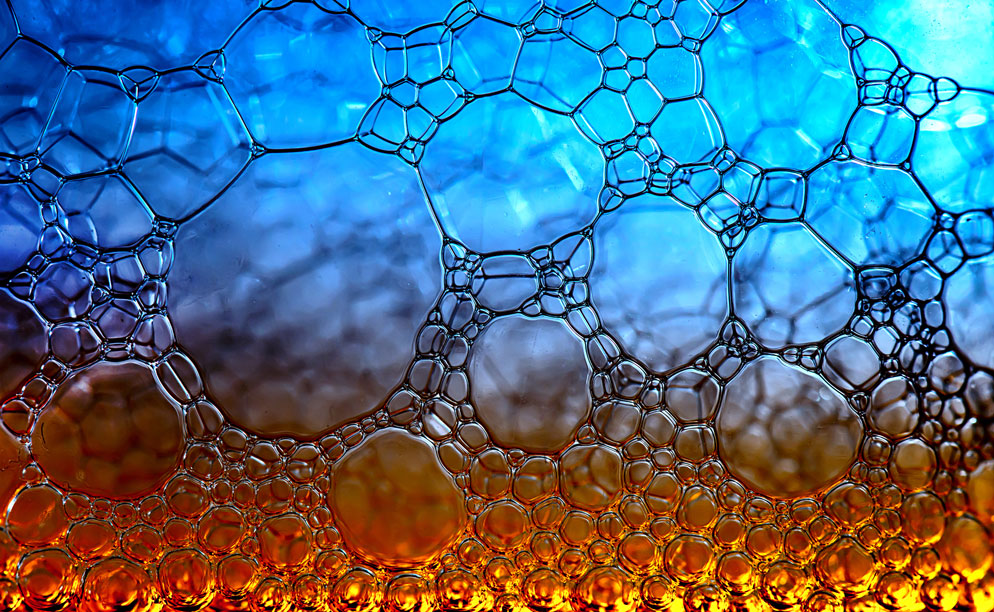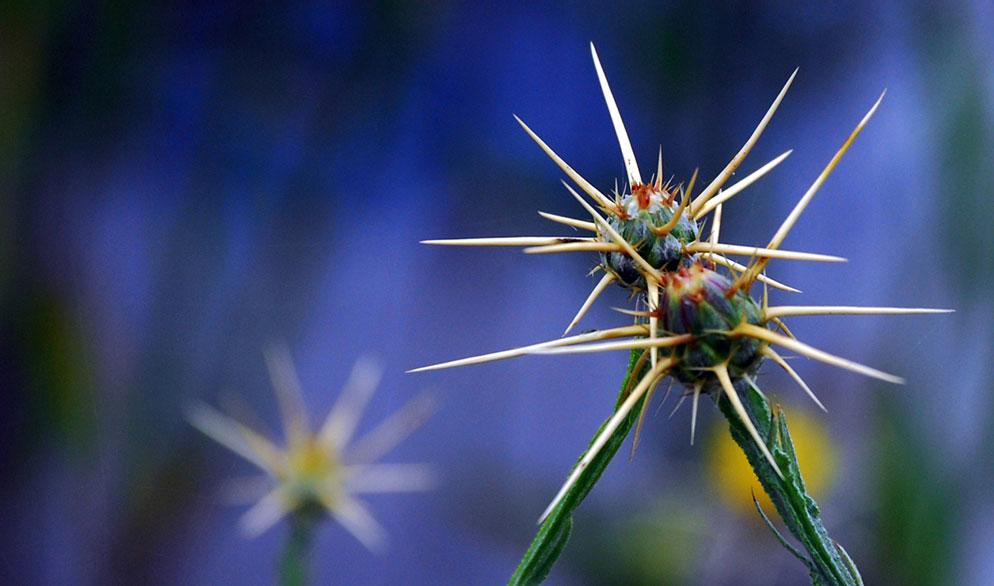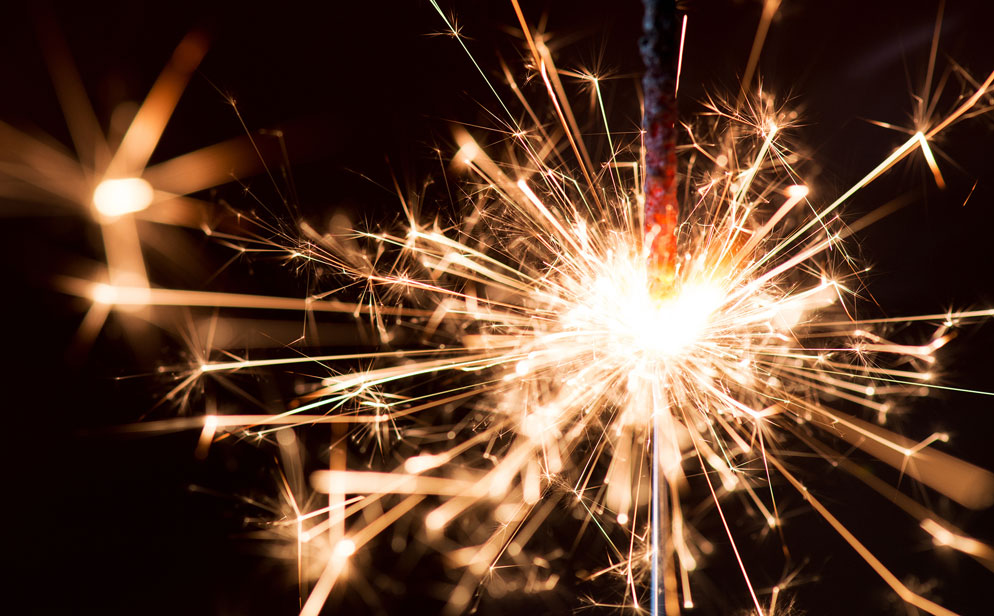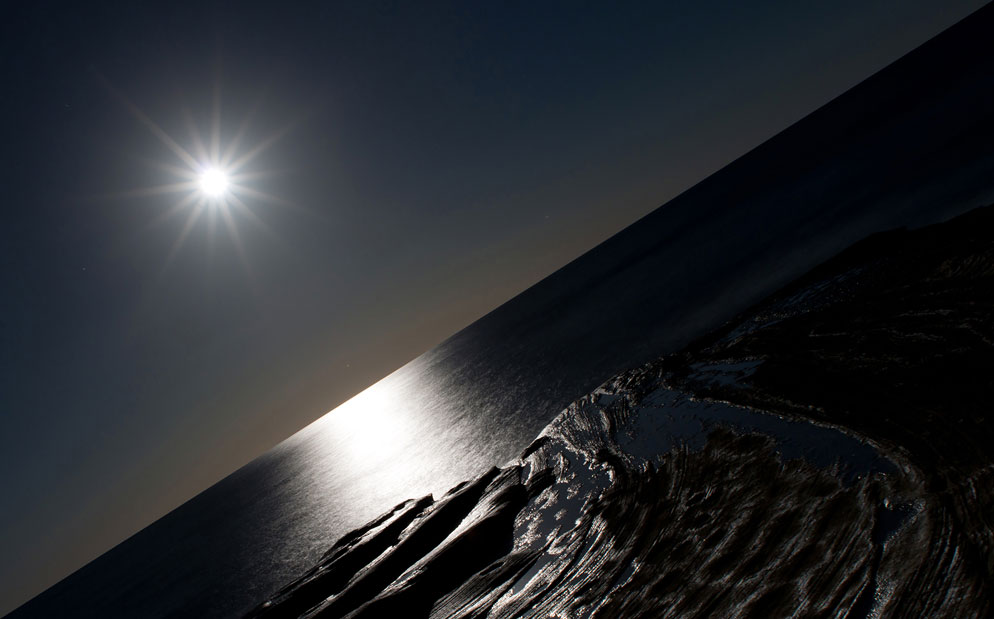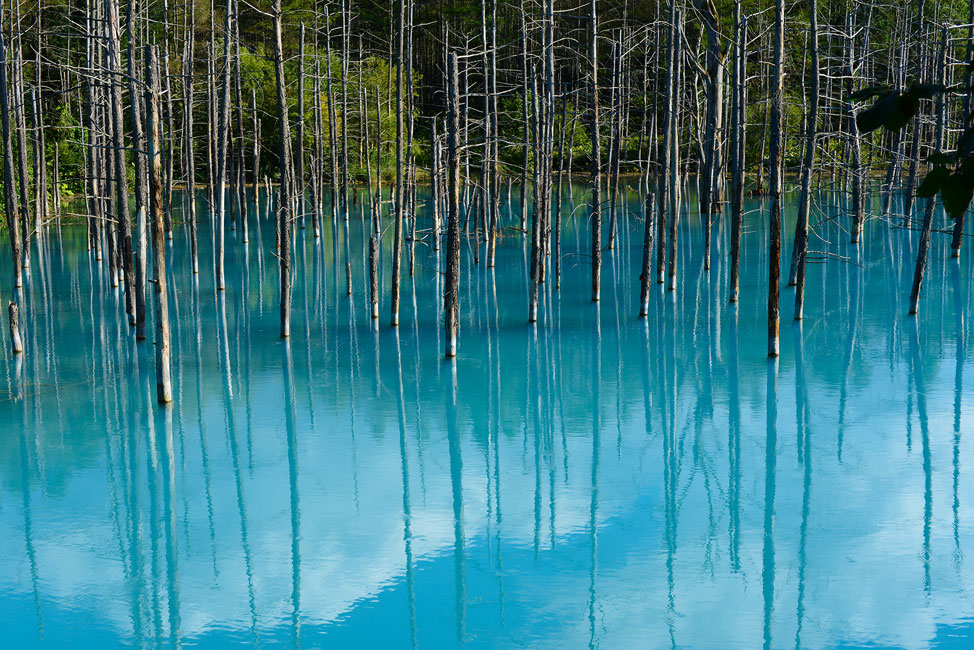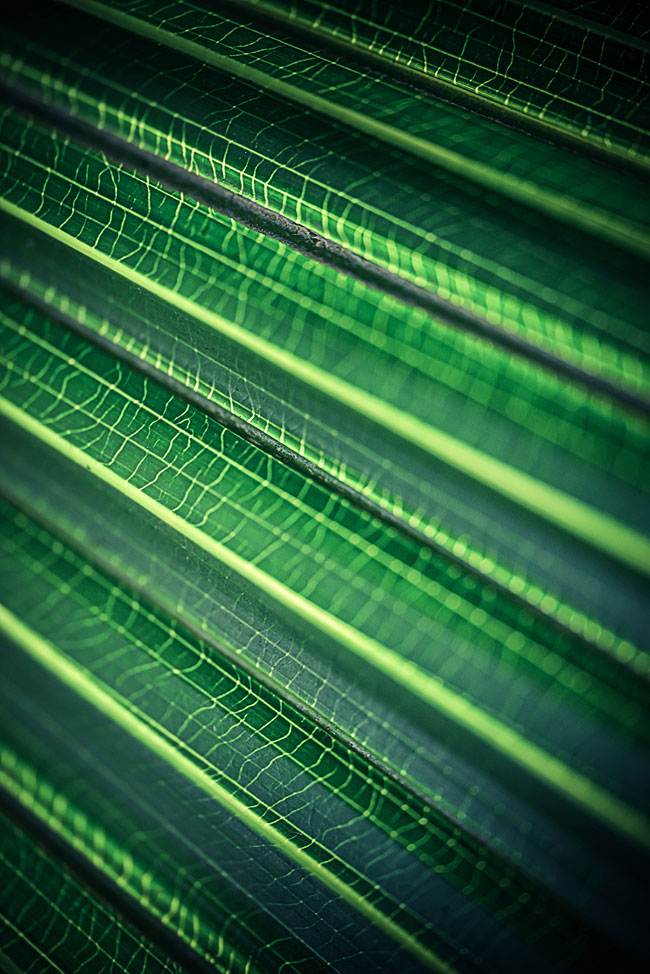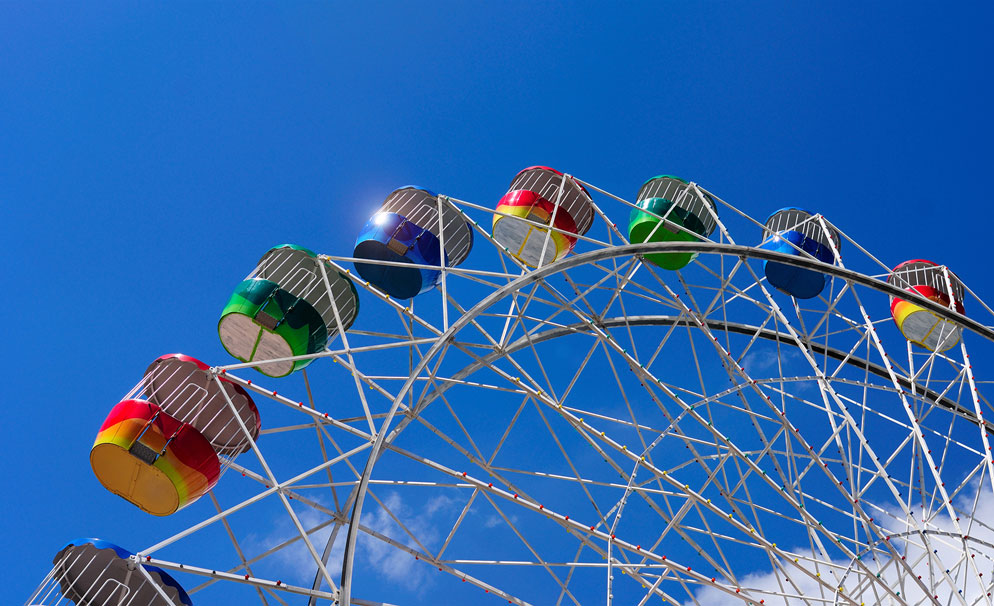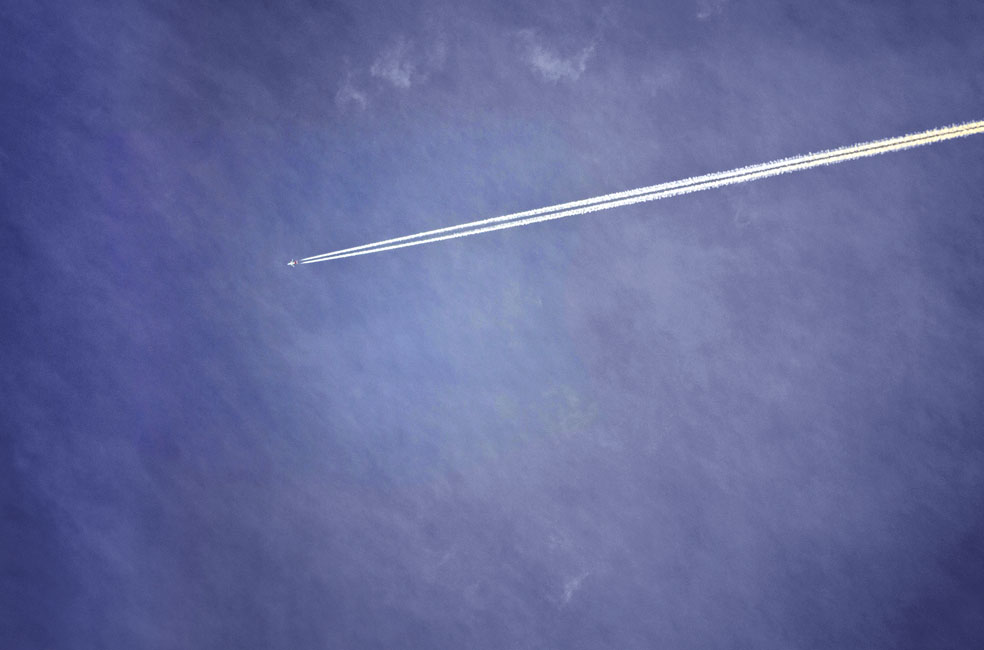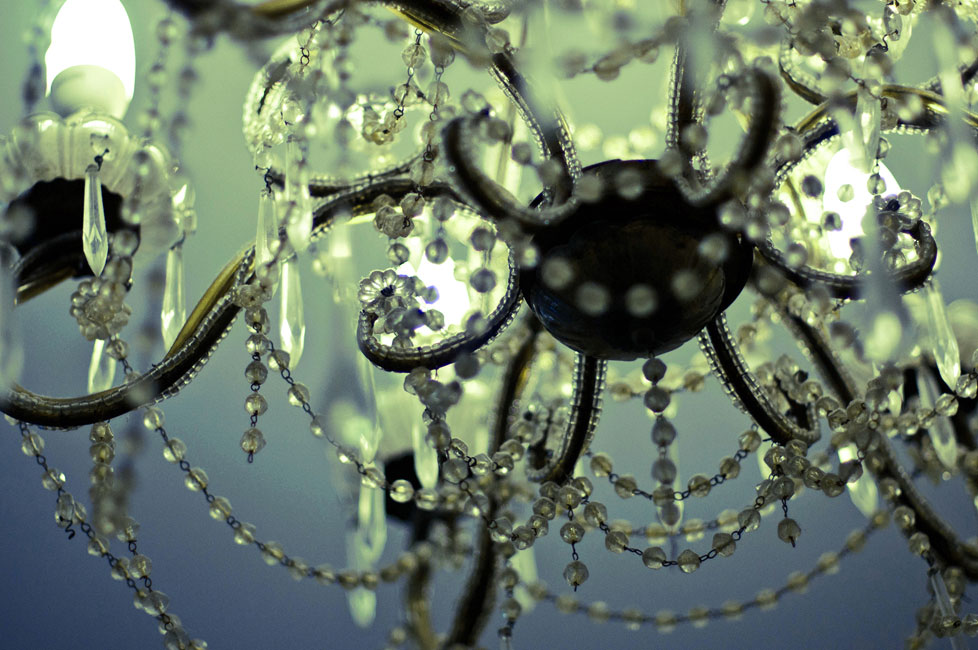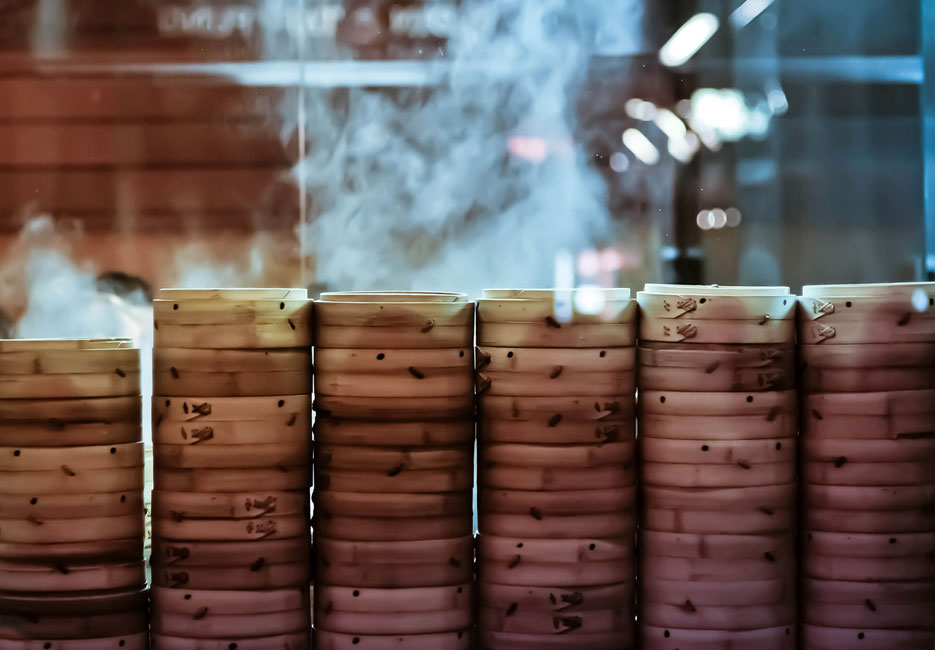How to Capture the “Wow” Factor
Not long ago the editor of the Learn & Explore website and the editor of Nikon World magazine were on the phone, both looking at the same Flickr photostream on their respective monitors and jumping all over each other's sentences:
"...the one on page seven, top row, right hand side...."
"Wait, I'm only on page five...did you see third row, center?"
"Take a look at page nine, fifth row, center..."
"Hold on...I'm still on five...last row, right hand..."
And like that.
So, how do you make pictures that elicit a "Wow, look at that!" response from two photo editors who between them have seen, no exaggeration, hundreds of thousands of photographs?
Well, we asked the photographer who took those Flickr photos, Evan Williams, who lives in Sydney, Australia, and right off we found out that his job as a graphic designer has a lot to do with it. His awareness of how things look and fit together, how shapes, colors and textures can be laid out and arranged—all of that translates to the way he composes his images. "Graphic designers and photographers are pretty similar," Evan says. "They think in similar ways, especially in terms of composition."
Okay, put "graphic sensibility" at the top of the list of Evan's essentials for compelling imagery.
But if you're not a graphic designer, what then? You can trawl the web to see what's being done. You look for compositional ideas and inspiration. You find photos that work graphically, and you analyze them. You figure out what draws your eye in, how the subject grabs attention, how the composition of the photo directs attention. And once you recognize the cues and clues, you start using them.
Next on the list for Evan is the concept of a photo as a process that begins with the click of the shutter. Take a look at these two images:
Blue Lake 1 - "I'd seen images of the lake, and I knew I wanted to capture it, but it's a limiting location," Evan says. D800, AF NIKKOR 50mm f/1.4D, 1/500 second, f/8, ISO 200, aperture priority, Matrix metering.
Blue Lake 2 - "This is the result generated by a technique—the motion blur filter—and the fact that I wanted something different from the standard view." D800, AF NIKKOR 50mm f/1.4D, 1/500 second, f/8, ISO 200, aperture priority, Matrix metering.
The lake is a well-known tourist attraction in Hokkaido, Japan, and Evan's first picture was taken from a popular vantage point, which makes it a view that a lot of tourists capture. The second image is the result of Evan's post production application of Adobe Photoshop's motion blur filter. "What I'd say to photographers is, don't be afraid to modify and process your images to achieve different creative results," Evan says. "In this case I didn't think of using the filter when I took the shot, but most of the time when I'm looking at a scene, I'm not just looking at its photographic merits; I'm also thinking about what else I can actually do with the image."
I definitely try to make striking images of whatever catches my eye. No matter what I'm shooting, I make a conscious effort to do something different.
That thought was in his mind when he shot Giving Chase in This Rat Race, for which he also used the motion blur filter, which works well when an image includes lots of vertical or horizontal lines.
Evan took The Moon as a low-light test of his recently purchased D800. "It was a totally nondescript evening, no clouds, no character or drama to the sky," he says. He took the photo with the horizon correctly oriented, then tilted it in post production. "The more I looked at the photo the more the foreground came to suggest the surface of the moon itself, and tilting the horizon gave the image an otherworldly look and feel."
The fact that Evan thinks about photography almost all the time is also part of the process. "I ride a bicycle to work each day, and that time is a fresh opportunity to think of shots I can make." The Pool, for example, was made one morning near the Maritime Museum in Sydney, close to Evan's office. Stopping to have a morning coffee he noticed one of the bright chrome ladders descending into Sydney Harbour and ended up shooting it so that his perspective depicted the scene as a poolside location.
Evan's also quick to turn observations and opportunities into images. The photo titled Grandeur, for instance: "I was out with friends for a few drinks after work on a Friday night, and from where I was sitting I had an interesting angle on the bar's chandelier. I stood up to take the shot, as there was a lot more visual appeal close up when I looked through the chandelier, rather than just looking at it." We might add that Evan's height—six feet, five inches—helped with the perspective.
A glance inside a restaurant resulted in Dumplings, which he took from the street, standing about ten feet from the window. "Always have your camera with you," he says of this image. "There's nothing worse than walking down the street and seeing a wonderful opportunity and not having a camera. With me, that's pretty rare."
Fire & Ice came about because Evan was looking for a subject to photograph with his new 105mm Micro-NIKKOR. "There was a spray bottle of all-purpose cleaner on the coffee table, and a bit of sunlight coming through the side window shining through the bottle created this amazing orange color when it hit the liquid." He shook the bottle to generate bubbles and then later, in Adobe Photoshop, increased the saturation of the colors. "That micro lens has opened up a totally new area of photography for me," he says. "I'd done close-ups in the past, but having a proper micro allows me to get right in on subjects in a totally different way. It's opened up new opportunities for composition, too."
Finally, there's the all-important issue of intent. "I definitely try to make striking images of whatever catches my eye," Evan says. "No matter what I'm shooting, I make a conscious effort to do something different. And, again, I’m one of those guys who constantly has a camera on my shoulder or in my backpack, and I'm always thinking about photographs."
And that's where the Nikon editors probably get their best answer to their "What does it take to make pictures like that?" question. No matter what else Evan is doing, he's never far from taking a picture.



